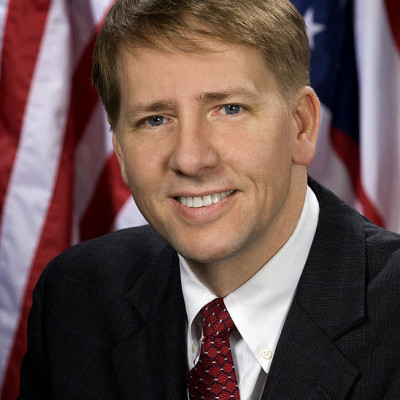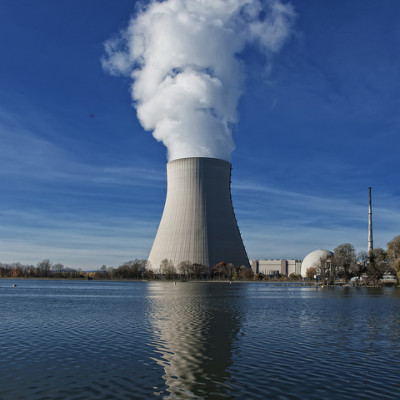October 31, 2016
October 2016 at Policy Integrity: Setting the Record Straight on the Clean Power Plan; Financial Regulation Ruling Cites Revesz’s Scholarship; Comments on NY State Clean Energy Standard; Register Now: 11/15 Conference – “Environmental Policy Under the New Administration”; Revesz, Cecot Speak on Environmental Law Issues
-

Setting the Record Straight on the Clean Power Plan
In a new report (and an accompanying piece in The Hill), we checked the accuracy of some of the claims made by the challengers to the Clean Power Plan during the oral argument before the U.S. Court of Appeals for the D.C. Circuit, finding significant misstatements. For instance, the CPP’s use of generation shifting from higher- to lower- or non-polluting sources of electricity is not a “transformative” use of EPA authority, given that prior EPA regulations on air pollution also employed this emission-reduction strategy. We also submitted comments on EPA’s Clean Energy Incentive Program, a voluntary program linked to the CPP, explaining why EPA should continue to offer guidance to help states prepare for the CPP, despite the Supreme Court’s stay.
-

Financial Regulation Ruling Cites Revesz’s Scholarship
Following the 2008 financial crisis, Congress established the Consumer Financial Protection Bureau (CFPB) to provide federal oversight of the financial sector. Unlike other independent regulatory agencies with heads whom the President cannot remove at will, the CFPB is run by a single individual, rather than by a multi-member commission. The U.S. Court of Appeals for the D.C. Circuit recently held that the CFPB’s structure is unconstitutional because of this concentration of power in a single individual, and made its Director removable at will by the President. The court cited an article co-authored by Richard Revesz several times in its opinion.
-

Comments on NY State Clean Energy Standard
We recently submitted comments to the New York State Public Service Commission on its Clean Energy Standard. The standard created Zero-Emissions Credits for nuclear generation, using a valuation system based on the Social Cost of Carbon (SCC). Our comments explain that the Commission should continue using the SCC to value the zero‐emission attributes of nuclear plants, because the SCC is the best available economic estimate of the damage caused by carbon emissions. Additionally, we explain that the Commission should consistently value the clean energy attributes of other energy resources, applying subsidies more uniformly across New York’s energy portfolio.
-
Register Now: 11/15 Conference – “Environmental Policy Under the New Administration”
Limited space is still available for our annual conference, which will explore potential shifts in natural resources policy, energy sector regulation, and climate change policy under the newly elected administration. This daylong event will feature a distinguished group of current and former government officials, energy industry executives, environmental advocates, and policy experts to discuss what’s on the horizon as the new president prepares to take office. Continuing Legal Education credit will be available. You can RSVP here.
-

Revesz, Cecot Speak on Environmental Law Issues
Policy Integrity’s Director Richard Revesz recently gave the inaugural lecture at Barcelona’s Universitat Pompeu Fabra, speaking about the design of effective environmental and health regulation. Revesz was also a speaker at the American Bar Association’s Environmental Energy and Resources Law Annual Conference, speaking alongside John Cruden of the Department of Justice as part of a panel on The Next Generation of Environmental Litigation. Revesz noted the growing public spotlight on environmental cases, which are increasingly cast as a “tectonic fight between the executive branch and Congress”. Legal Fellow Caroline Cecot recently spoke at a George Mason University event titled Benefit-Cost Analysis and the Courts. Cecot discussed her research on how judges with other concerns about a regulation are more likely to raise questions about the cost-benefit analysis used in creating it.
